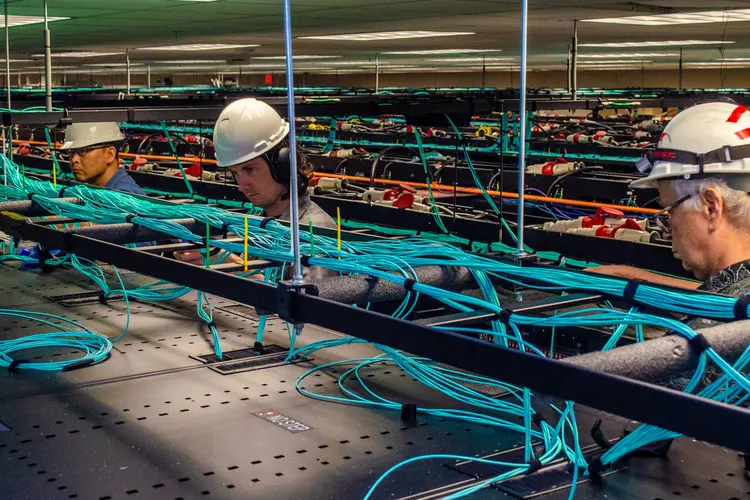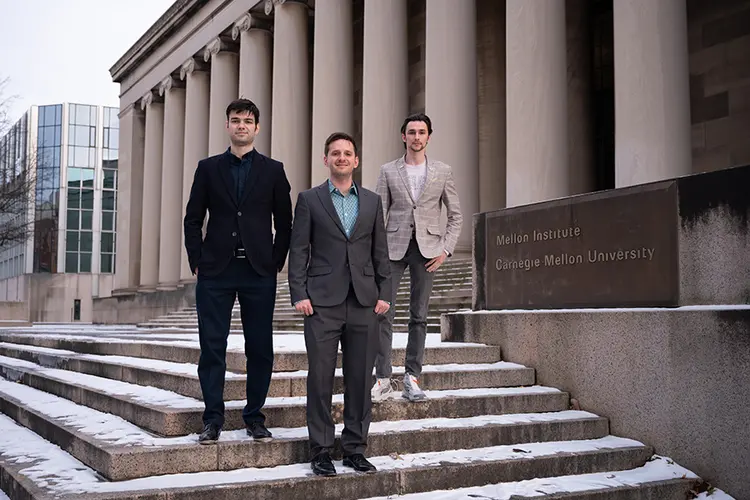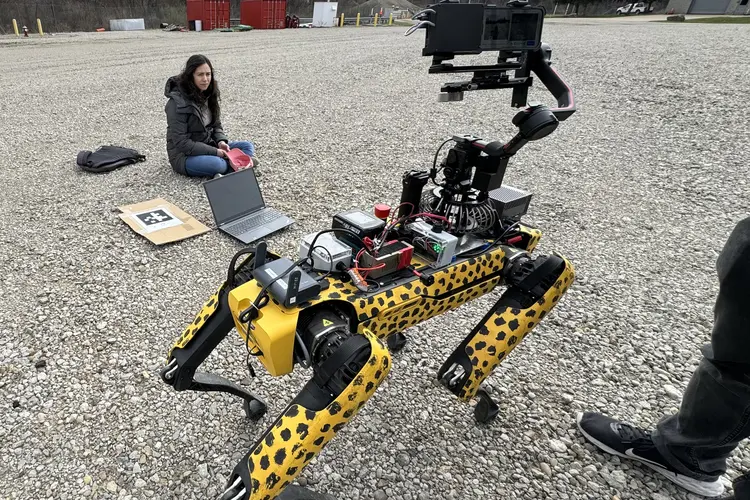
$3.15M from NIH To Fund Operation of Third-Generation Anton Supercomputer at Pittsburgh Supercomputing Center
Designed and built by D. E. Shaw Research, system will simulate biomolecules roughly 100 times faster than general-purpose supercomputers
Media Inquiries
A third-generation Anton supercomputer (Anton 3), developed by D. E. Shaw Research (DESRES), will soon arrive at the Pittsburgh Supercomputing Center(opens in new window) (PSC). A $3.15 million, five-year award from the National Institutes of Health will fund the system’s operations, making it available without cost for noncommercial use by biomedical researchers at U.S. universities and other not-for-profit institutions.
Time on the machine will be allotted on the basis of research proposals submitted to an independent expert committee convened by the National Research Council at the National Academy of Sciences. Philip Blood(opens in new window) and Marcela Madrid(opens in new window) will be the project leads at PSC, a joint center of Carnegie Mellon University and the University of Pittsburgh.
The Anton family of supercomputers was specially designed for atomic-level simulation of molecules relevant to biology (for example, DNA, proteins and drugs). The technology gives scientists the ability to simulate interactions between biomolecules that inform disease research, basic science and drug design two orders of magnitude faster than possible with general-purpose supercomputers. Like its predecessors, the new Anton was designed around a new custom chip to best exploit the capabilities offered by new technologies.
“With the latest Anton system, we will be able to provide researchers with a unique resource capable of producing results in days that would take years on any other resource,” said Blood, PSC’s scientific director and principal investigator of the Anton project at PSC. “The new system will spark innovative studies that will challenge and shift current paradigms in the simulation of biomolecular systems.”
Since the beginning of the Anton project at PSC in 2010, users nationwide have used the system to obtain long-timescale simulations resulting in more than 440 papers with 20,000 citations. Examples of the breakthrough science enabled by Anton at PSC include studies of:
- Ion channel opening, a process key to the control of excitations in the central nervous system and immune cells.
- The complex lipid-protein interactions in SARS-CoV-2, the virus responsible for COVID-19.
- The mechanisms underlying the CRISPR genome-editing machinery.
- The molecular mechanisms of amyloid self-assembly, implicated in Alzheimer’s and Parkinson’s disease.
The system will begin operations at PSC in the spring of 2025. Faculty and staff members at U.S. academic or nonprofit research institutions, including researchers without previous experience on Anton systems, are invited to apply for an Anton allocation. The application deadline is Monday, Oct. 14, 2024.


